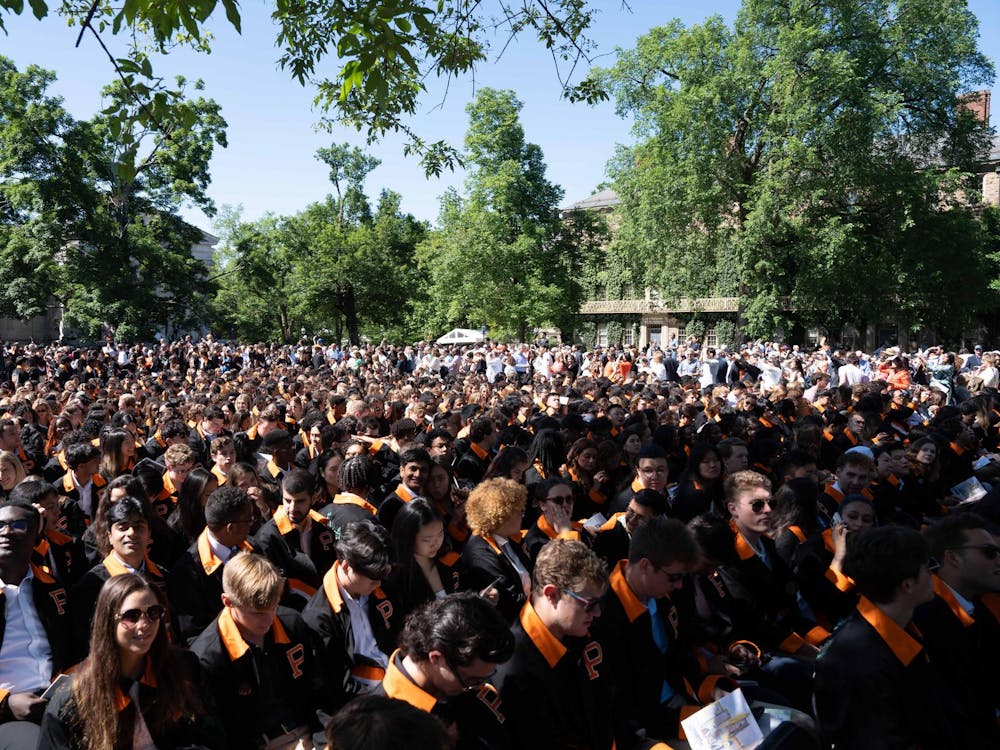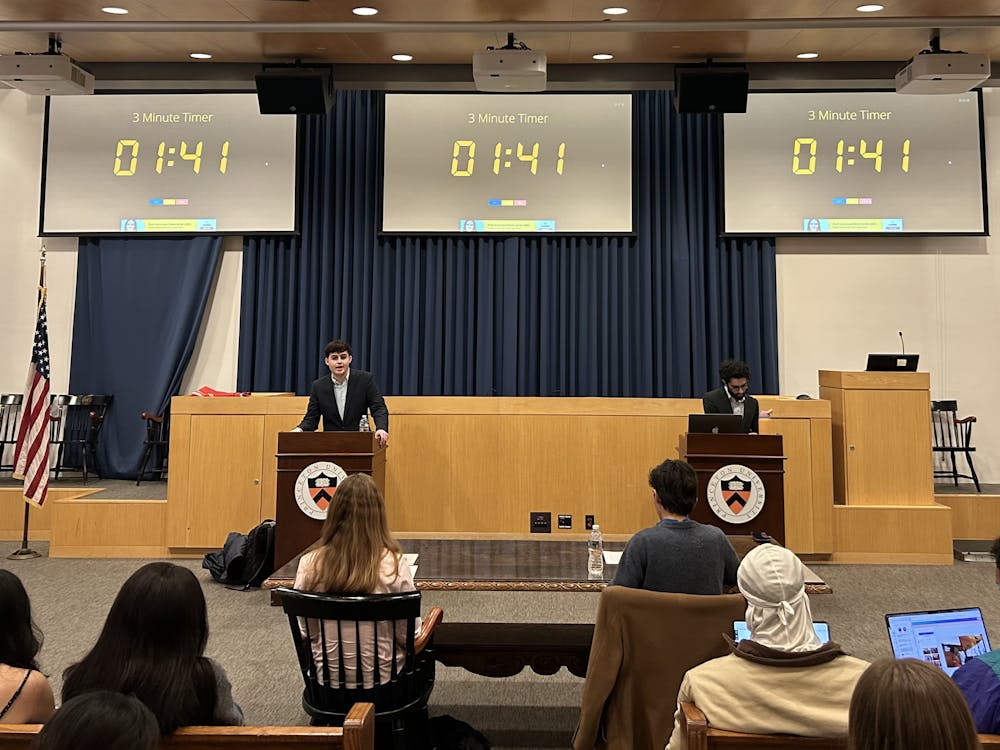According to this week's report on women in the sciences and engineering at Princeton, female faculty in these fields are among students' favorite thesis and JP advisors. In electrical engineering, for example, the average male professor has advised 5.5 theses in the last three years, whereas the female professors in that department advised an average of 13.5 theses apiece in the same period. Consistent findings emerge from surveys of students, which have indicated that female undergrads want to see more women on the faculty in these fields, and value the chance to work with women mentors.
This makes sense. Uncomfortable dynamics can sometimes unfold between female advisees and male professors, a risk that can make male-dominated fields subtly inhospitable for female students. More importantly, women and men often approach teaching, and particularly one-on-one interactions, in different ways. Georgetown linguist Deborah Tannen, for example, has documented differences in the amount of time men and women tend to wait to speak after another speaker has finished. Women wait longer, with the result that men often dominate mixed-gender conversations needlessly. Likewise, Tannen has found that women tend to focus on collaboration and reinforcement, whereas men are more oriented toward verbal sparing and status competition — possibly part of the reason for students' preferring female advisors. The fuller the range of approaches and teaching styles readily available within a department's faculty, the more successful that department will be in reaching to all potentially interested students.
In several of the science and engineering disciplines, the report's authors found, the rate at which Princeton is hiring female junior faculty is significantly lower than the rate at which women are earning Ph.D's. This may indicate a problem, but it cannot be taken as prima facie proof of discrimination. Princeton draws its professors from only a few elite Ph.D programs — not the full national gamut — and these may have different gender breakdowns. More importantly, with only a few professors hired in each field each year, the sample size is too small to make statistical analysis reliable.
Having both men and women well-represented in every department should be an openly acknowledged University goal. Given the important but intangible ways in which female faculty make science and engineering more comfortable fields for women undergraduates, we feel it may be appropriate in some cases to regard a female applicant's gender as a "plus" when making new hires in departments where women are significantly underrepresented. Similar arguments can be made about the racial or religious composition of the faculty — although we feel these are more debatable in their merit. The gender divide is uniquely important, and we're glad to see Princeton working to bridge it.
Daily Princetonian editorials are written by the Editorial & Opinion Editors, Managing Editors and Editor-In-Chief.







